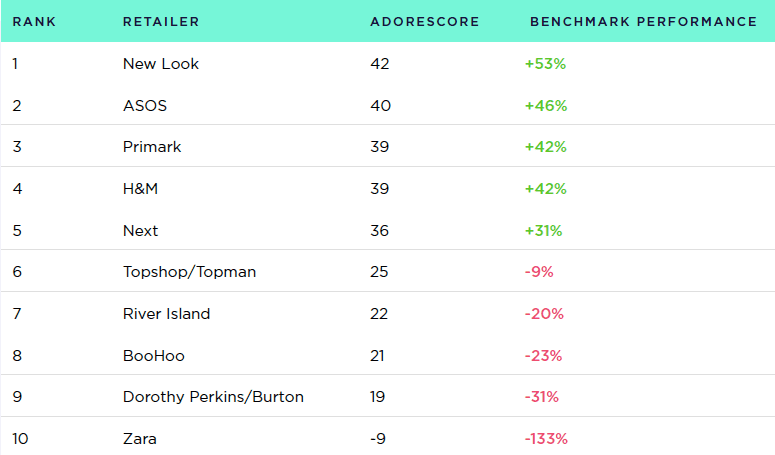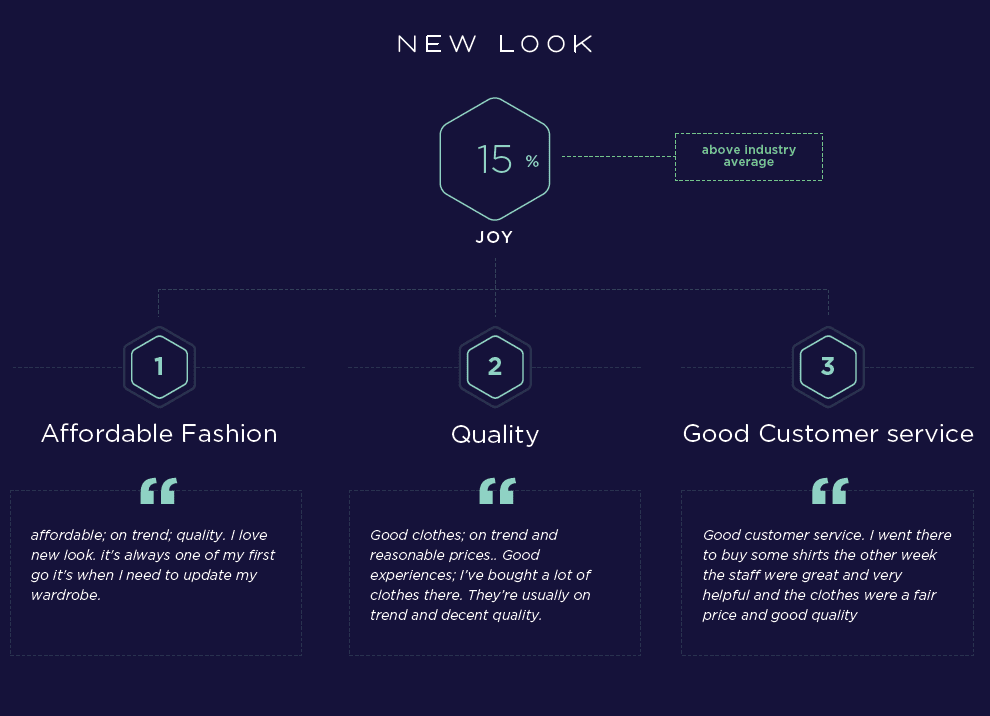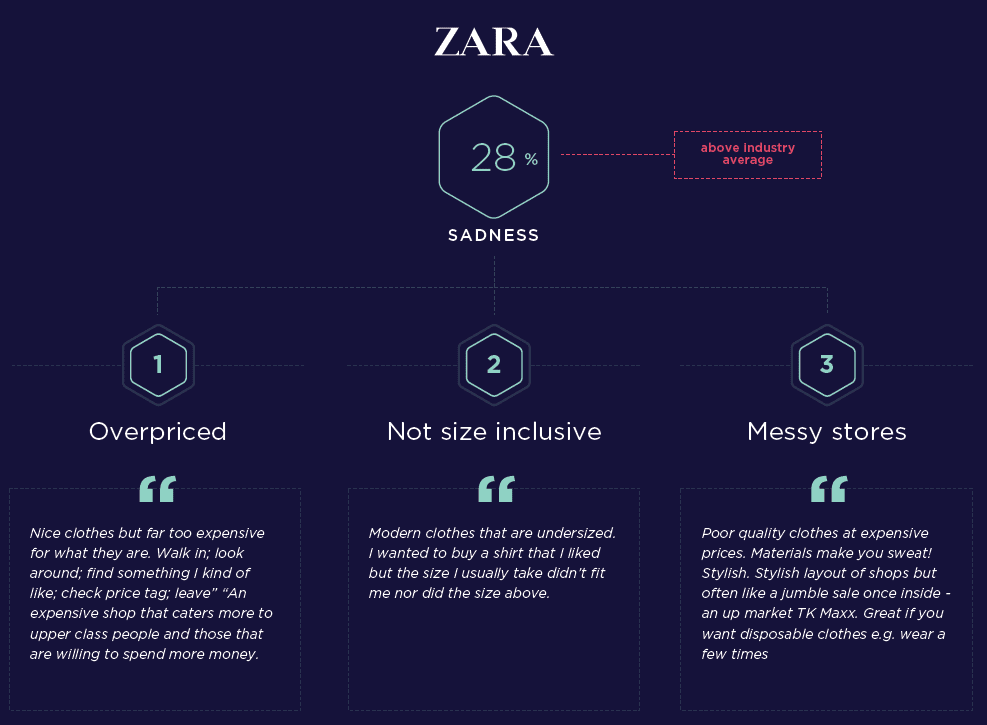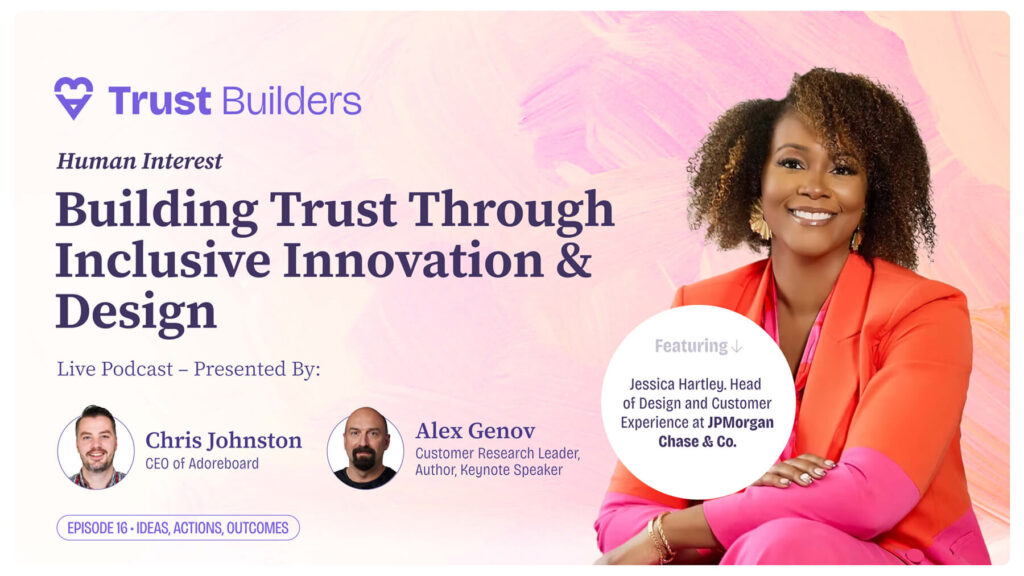Customer Experience is the key arena for businesses to compete in. Cliff Condon Chief Research and Product Officer at Forrester claims that “if brands want to break away from the pack and become CX leaders, they must focus on emotion” [1]. In order to start measuring customer emotion, we must first decide the best method of gathering customer commentary. This can be via many sources but we are going to look at the impact of surveys have on customer experience measurement.
Surveys may seem a bit old fashioned in the age of AI and facial recognition tools but they are still widely used in industry to get true and honest customer feedback.
Why Surveys?
- They are a simple and straightforward way to gather customer feedback
- They allow clear and unbiased questions and feedback
- They are accessible with many online tools available such as SurveyMonkey
- Survey responses can provide informative data for impactful emotion analysis through Emotics
Extract Decision Ready Insights from Surveys
Surveys are a simple way to find out if customers are happy with a brand’s products or services. However, survey responses alone don’t always tell you the specific problems you need to fix or where there is an opportunity for growth or development. The responses alone don’t translate into an actionable business plan.
This is where Adoreboard Emotics comes in, an emotion analysis platform with a mission to transform Customer Experience. The Emotics platform can analyse any text including surveys for over 24 emotions over 8 indexes. Revealing key themes driving each emotion which allows businesses to see where they can actively improve or grow their customer experience. Combining customer survey responses with emotion analytics can help uncover previous unknowns from the data that can power your business decision making.
Viewing Customers as People
Without extracting insights from survey responses you run the risk of viewing your customers as statistics instead of people. Have you heard of a family with 1.5 children? When customers become statistics problems can arise. It’s about extracting the emotion and themes driving the responses that allow you to form a meaningful understanding of your customers.
Millennial Example
An example of using survey data to uncover decision ready insights is our research looking into how millennials feel about UK fashion retailers’ customer experience. Our data analysts conducted a survey using online opinion platform OnePulse to over 10,000 millennial consumers about their shopping habits, preferences and brand rankings.
The survey results alone could reveal the top 10 retailers preferred by the millennial age group. However, Emotics could reveal the reasons behind each retailers position. Thus, providing clear actions that the brands can take immediately.
The top ten ranking is displayed below:

By running the survey responses through our Emotics platform we could get an industry average which can allow brands to understand where they fit within their industry. Having a clear competitor benchmark allows brands to understand how to differentiate and compete in their industry by optimising key emotions.
So now on to an example of the insights.
The image below shows a snapshot of the themes driving joy from mentions of New Look. From these insights, we can see that customers appreciate good quality clothes at affordable prices and that good customer service can go a long way.

Next up shows a snapshot of the results from Zara, who placed last in the ranking. They place 28% above the industry average for sadness. The brand should take note that overpriced items and narrow sizing options are areas of concern for their customers. These are areas that the brand could work on in order to improve their overall customer experience.

Applying emotion to these survey responses provide a clear view of areas that brands are doing well and those that need some work. It allows brands to prioritise opportunities and areas of friction in their customer experience.
The best and most effective way of improving customer experience is to listen to the customer to uncover what is important to them when interacting with your brand. The key to meaningful customer relationships is to understand customers as people, not statistics. Turning statistics into emotion and emotion into actionable insights.
If you would like more information about this article or how Adoreboard Emotics can help you please send me an email:
[1] https://www.mycustomer.com/experience/engagement/is-emotion-the-key-to-customer-experience-differentiation




